
Concrete Forms of Resistance
2020
0h 27m
Filmed in Tripoli, Lebanon, Concrete Forms of Resistance is a documentary centred upon the city’s abandoned ‘Permanent International Fair’, designed by Brazilian architect Oscar Niemeyer in the mid-1960s. Progress and crisis, labour and capital, material and memory, are reflected through a very intelligent rhyme between image and sound. The touching voice and words of Niemeyer as a call for life, and the beautiful camerawork as a weaving of ghosts in the present landscapes.
If current server doesn't work please try other servers beside.
Similar Movies
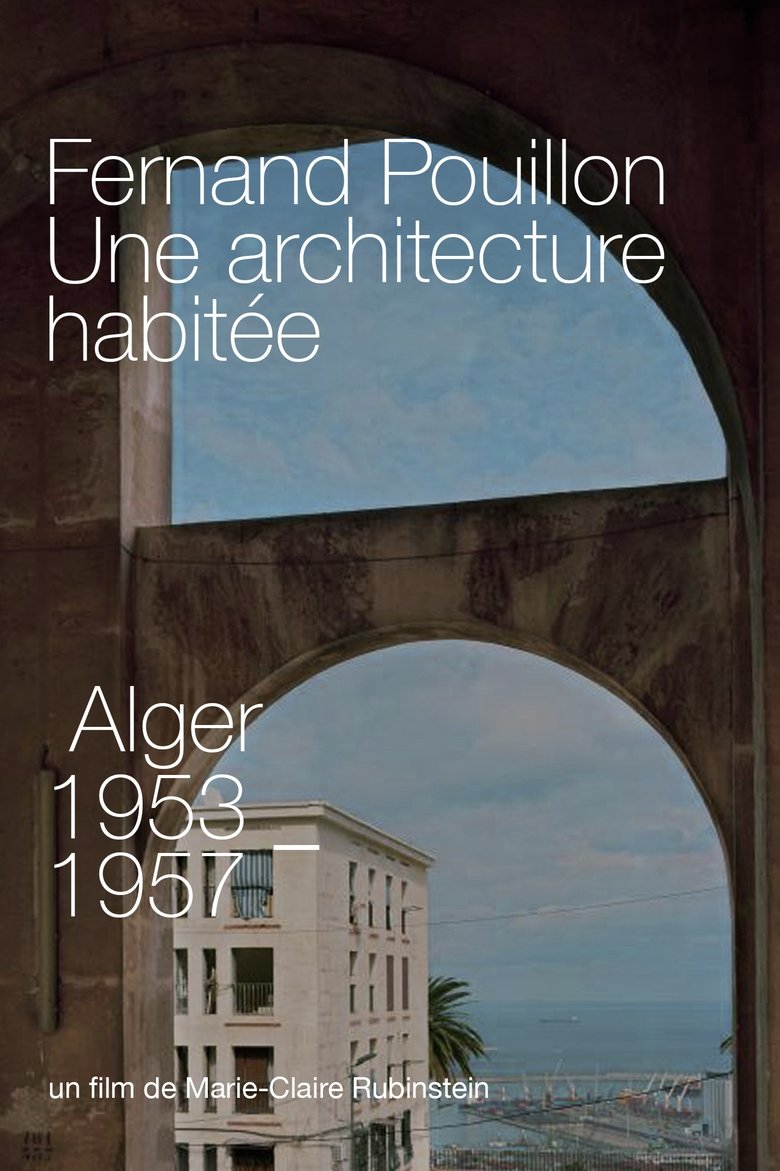
Fernand Pouillon, Une architecture habitée
In this documentary, Marie-Claire Rubinstein reveals to us, through the testimonies of the inhabitants who live there, the architectural achievements of the French urban planner Fernand Pouillon in Algiers. In particular the vast complexes of hundreds of social housing units, including the most famous Diar E Saâd (1953), Diar El Mahçoul (1954) and Climat de France (1957). The historical context, during the war of independence is related by the historian Benjamin Stora and Nadir Boumaza. This documentary also evokes the personality of Fernand Pouillon in a post-colonial context.
Rating:
10.0/10
Votes:
1
Year:
2017
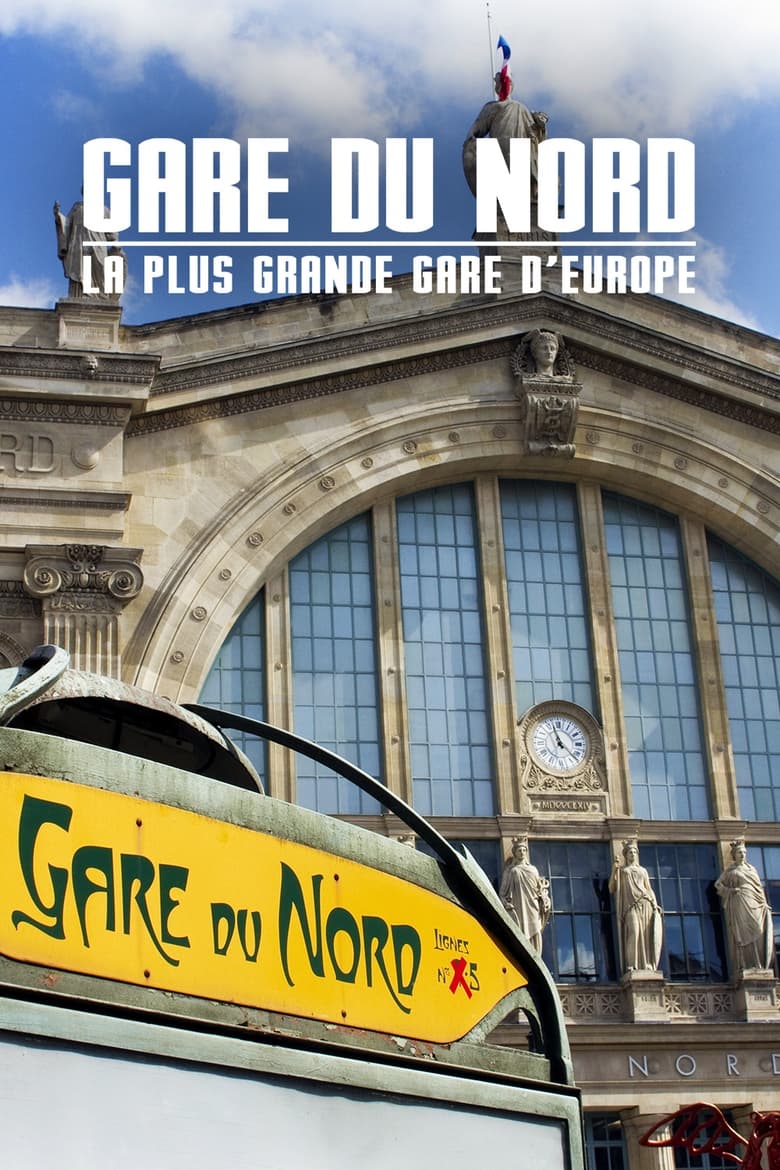
Gare du Nord : La Plus Grande Gare d'Europe
Rating:
8.0/10
Votes:
1
Year:
2018
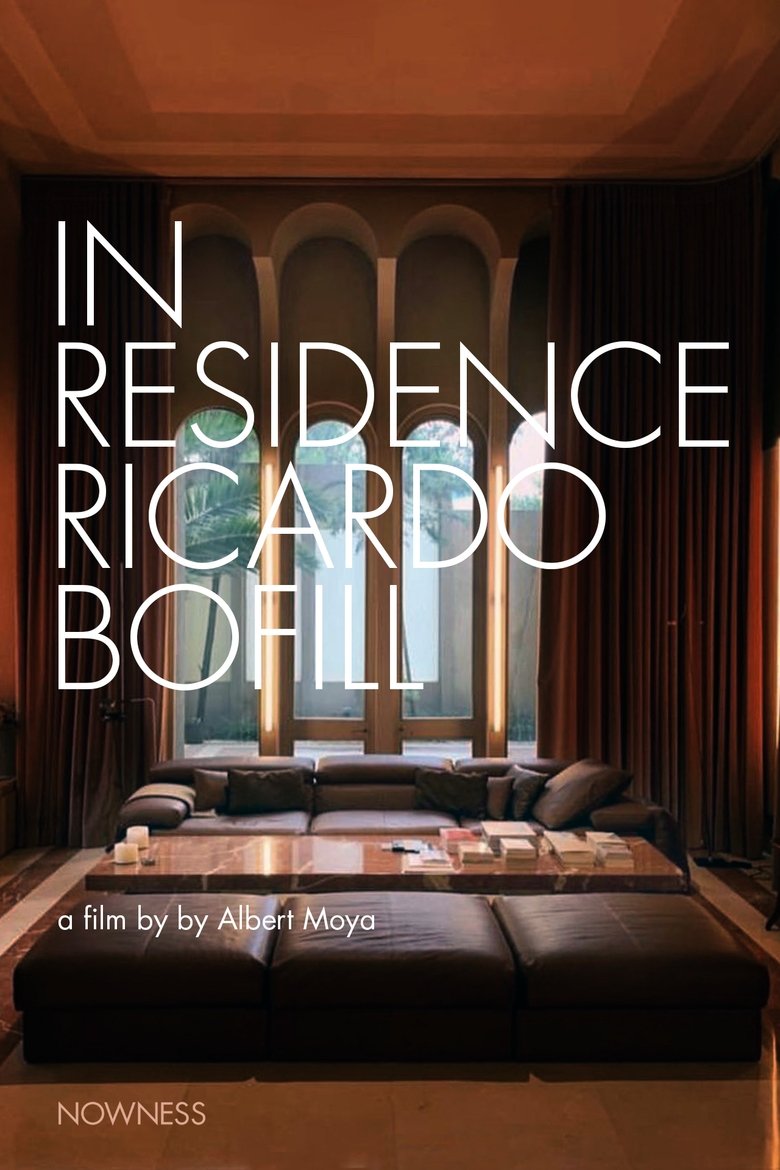
In Residence: Ricardo Bofill
There are houses, and then there’s Ricardo Bofill’s house: a brutalist former cement factory of epic proportions on the outskirts of Barcelona, Spain. A grandiose monument to industrial architecture in the Catalonian town of Sant Just Desvern, La Fabrica is a poetic and personal space that redefines the notion of the conventional home. “Nowadays we want everyone who comes through our door to feel comfortable, but that's not Bofill’s idea here,” says filmmaker Albert Moya, who directed latest installment of In Residence. “It goes much further, you connect with the space in a more spiritual way.” Rising above lush gardens that mask the grounds’ unglamorous roots, the eight remaining silos that once hosted an endless stream of workmen and heavy machinery now house both Bofill’s private life, and his award-winning architecture and urban design practice.
Rating:
10.0/10
Votes:
1
Year:
2014

Barcelone vu par Ricardo Bofill
A native of the capital of Catalonia, the architect-urban planner, to whom we owe the Saint-Honoré market in Paris and the Donnelley Building in Chicago, speaks of Barcelona with infectious passion. "It's a unique city, difficult to understand with conventional diagrams, he explains, criss-crossing the main arteries of the city". It is an unfinished city, constantly changing, where everything has the charm of the unfinished". With a sharp eye, Ricardo Bofill observes and comments on volumes and scrolls. Standing, in the nave of the Sagrada Familia, arms outstretched, it pivots on itself as if to take in space. "You have to have your eyes wide open, move quietly, and at the same time remember what's behind. This is how we have the sense of space. Otherwise this art does not exist."
Rating:
10.0/10
Votes:
1
Year:
2003
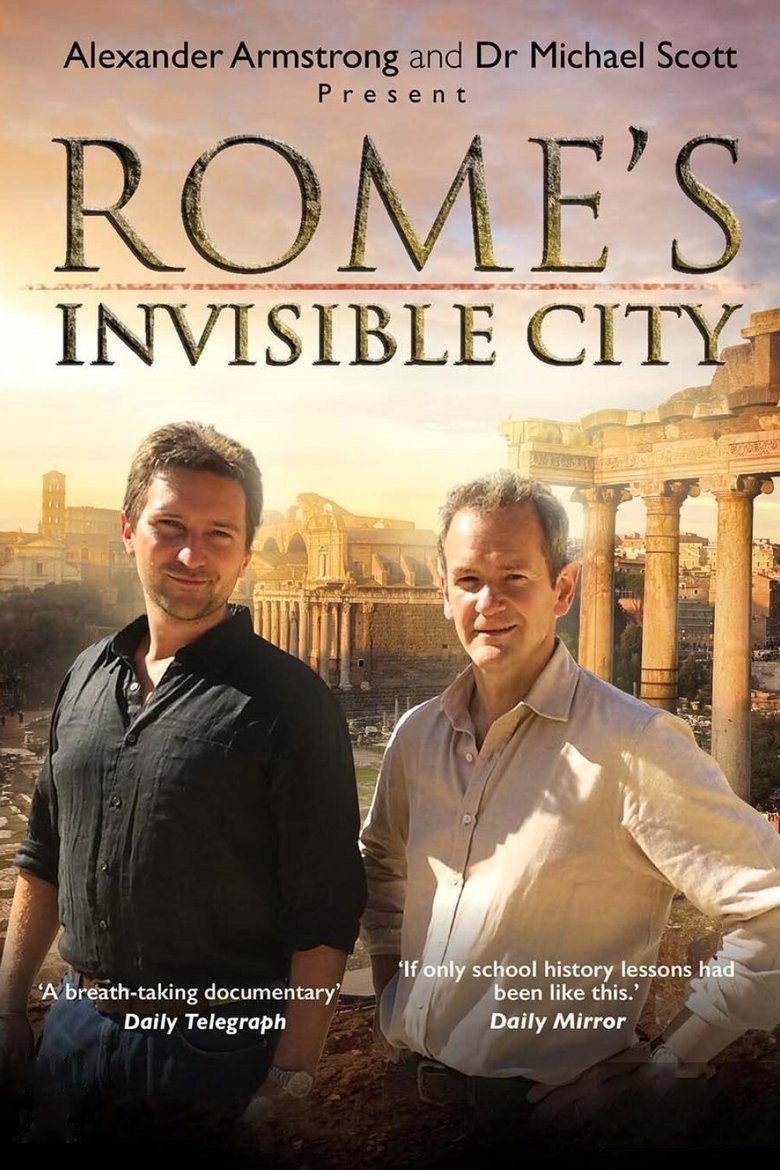
Rome's Invisible City
With the help of a team of experts and the latest in 3-D scanning technology, Alexander Armstrong, along with Dr Michael Scott, explores the hidden underground treasures that made Rome the powerhouse of the ancient world.
Rating:
7.8/10
Votes:
4
Year:
2015

Fernand Pouillon, Le roman d'un architecte
Constructing freestone buildings on the cheap, Pouillon made a name for himself at the end of the 1940s in Aix-en-Provence and Marseille, shaking up his peers who only dreamed of towers and concrete bars. In Algiers, until Independence, he built in record time thousands of homes for the poorest, real urban projects inspired by traditional forms. In the Paris region, to build comfortable buildings quickly and well, nestled in the greenery, he becomes a promoter: this too adventurous bet leads him to prison and retains his reputation. Not very explicit about this complex affair, but seduced by a contemporary architecture that combines technical inventiveness and ancient references, Christian Meunier films by multiplying the angles of view. Today's lively atmospheres are interspersed with archive footage, while Pouillon's writings are read off. Moved, his collaborators evoke a demanding and generous man, with an infectious passion.
Rating:
10.0/10
Votes:
1
Year:
2003
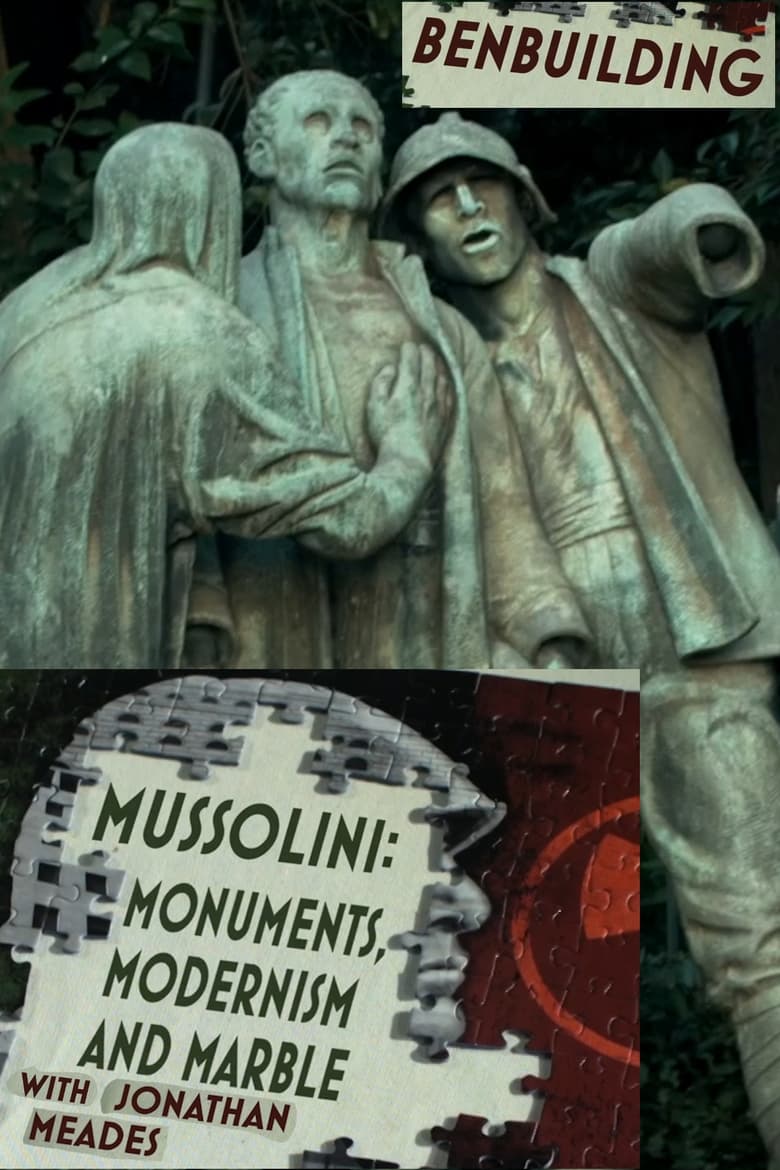
Ben Building: Mussolini, Monuments and Modernism
Having previously investigated the architecture of Hitler and Stalin's regimes, Jonathan Meades turns his attention to another notorious 20th-century European dictator, Mussolini. His travels take him to Rome, Milan, Genoa, the new town of Sabaudia and the vast military memorials of Redipuglia and Monte Grappa. When it comes to the buildings of the fascist era, Meades discovers a dictator who couldn't dictate, with Mussolini caught between the contending forces of modernism and a revivalism that harked back to ancient Rome. The result was a variety of styles that still influence architecture today. Along the way, Meades ponders on the nature of fascism, the influence of the Futurists, and Mussolini's love of a fancy uniform.
Rating:
6.5/10
Votes:
2
Year:
2016

Twilight City
A fictional letter from a daughter, Olivia, to her mother in Dominica is the narrative thread connecting interviews from (predominantly) black and Asian cultural critics, historians and journalists. The choice of occupation for the daughter, a researcher, perhaps strains the narrative conceit too far. Nevertheless, for an avowedly political documentary the result is absorbing.
Rating:
7.0/10
Votes:
1
Year:
1989
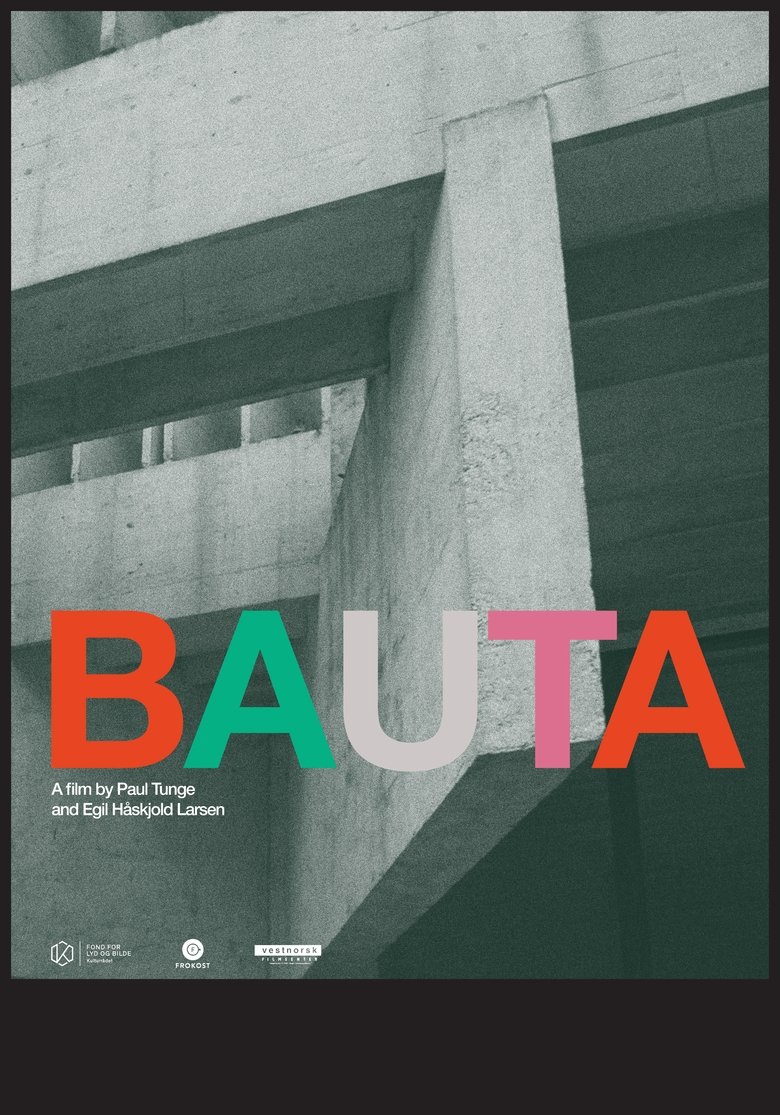
Bauta
Bauta is a short documentary that explores public, monumental buildings in Norway - stone and concrete buildings. By the public they have the desire to be torn down, or are not given particular aesthetic value. But what about when people are out of the buildings and they get to stand for themselves? Bauta provides a new experience of space and architecture.
Rating:
6.0/10
Votes:
1
Year:
2018
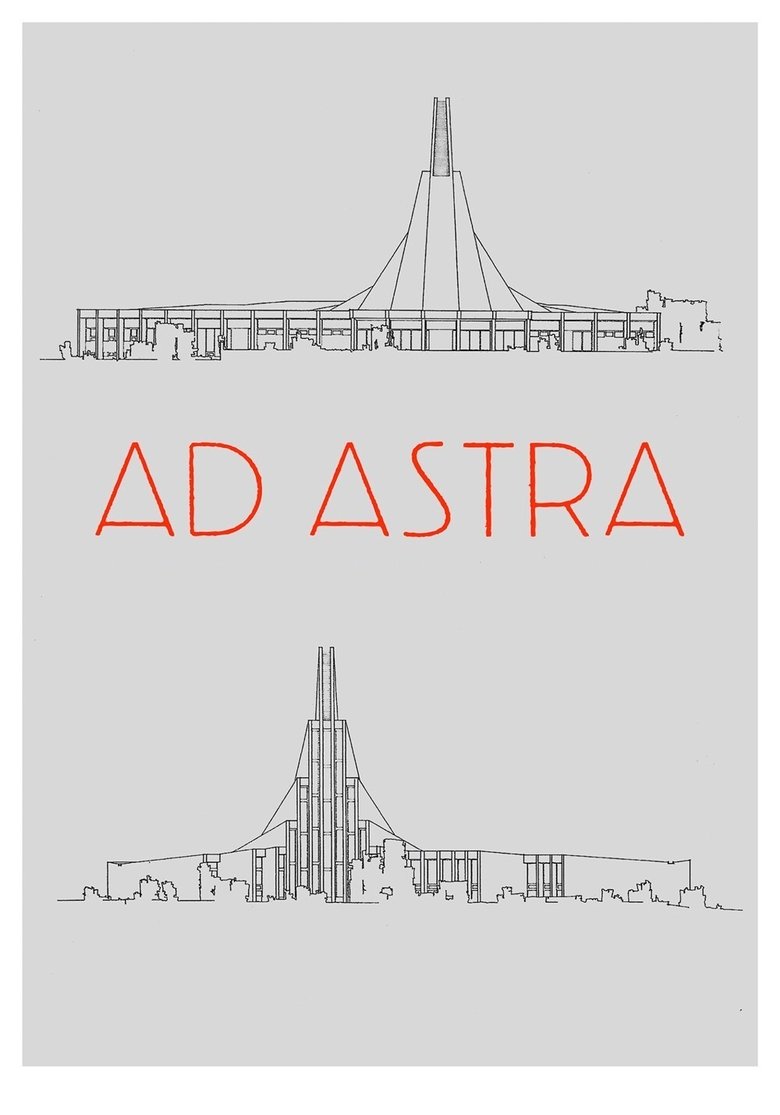
Ad Astra
A visual journey through Norwegian modernist church architecture. A short documentary film that pays tribute to the Norwegian church and post-war postmodernist architects for its daring reform of the 50-70's innovative church building. Raw concrete and cold clean lines in a functionalist style were in line with society's development, but in stark contrast to what the church had previously represented. The film portrays 25 of these churches from all over the country
Rating:
0.0/10
Votes:
0
Year:
2015

Chairs for Lovers
Architect Stanley King involves the local Vancouver community in urban design.
Rating:
0.0/10
Votes:
0
Year:
1973

Living Space
Living Space is a film about the relationship between architecture and illness. It follows the construction of a new cancer care centre designed by the architect Frank Gehry and acts as a record of the process behind, and the achievement of, creating space especially for people affected by cancer.
Rating:
0.0/10
Votes:
0
Year:
2003
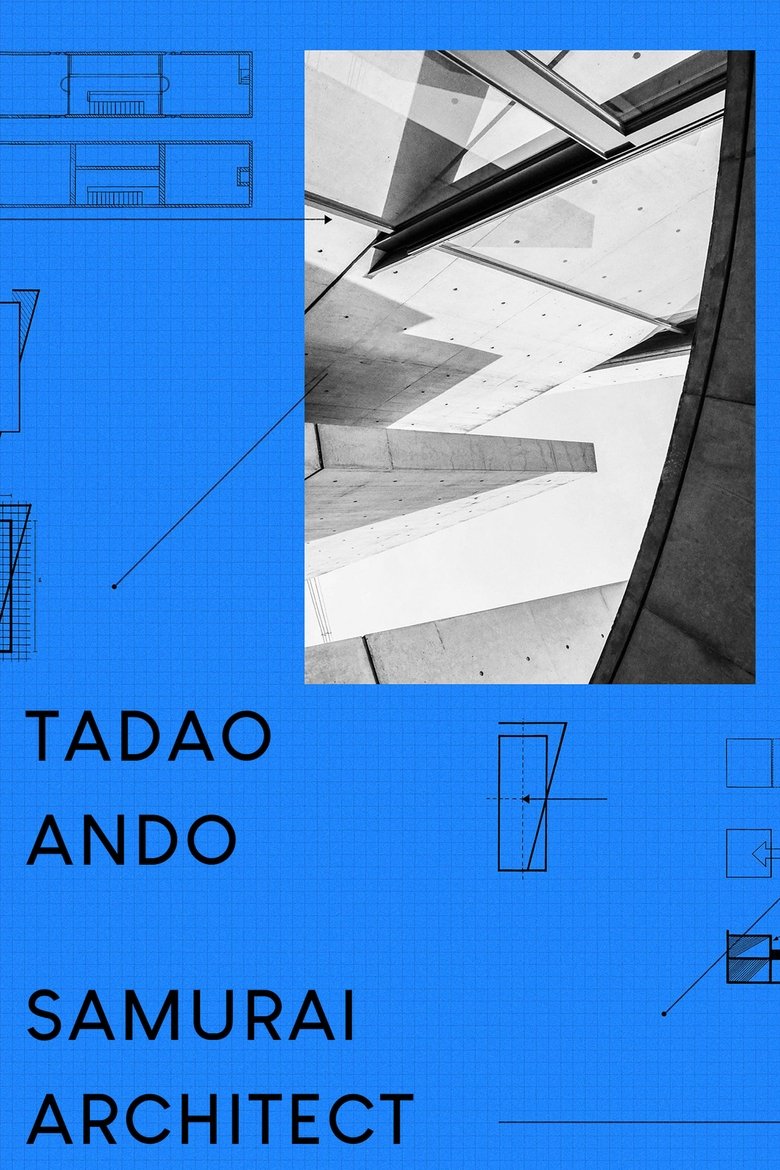
Tadao Ando: Samurai Architect
Tadao Ando (b.1941) is a world-renowned architect, and a recipient of the Pritzker Architecture Prize. His calm, minimalist architecture with elegant concrete designs reflects the Zen principle of simplicity. In the film he reveals the experience a building should evoke, as he discusses a number of iconic designs, such as The Row House and The Church of Light.
Rating:
0.0/10
Votes:
0
Year:
2019
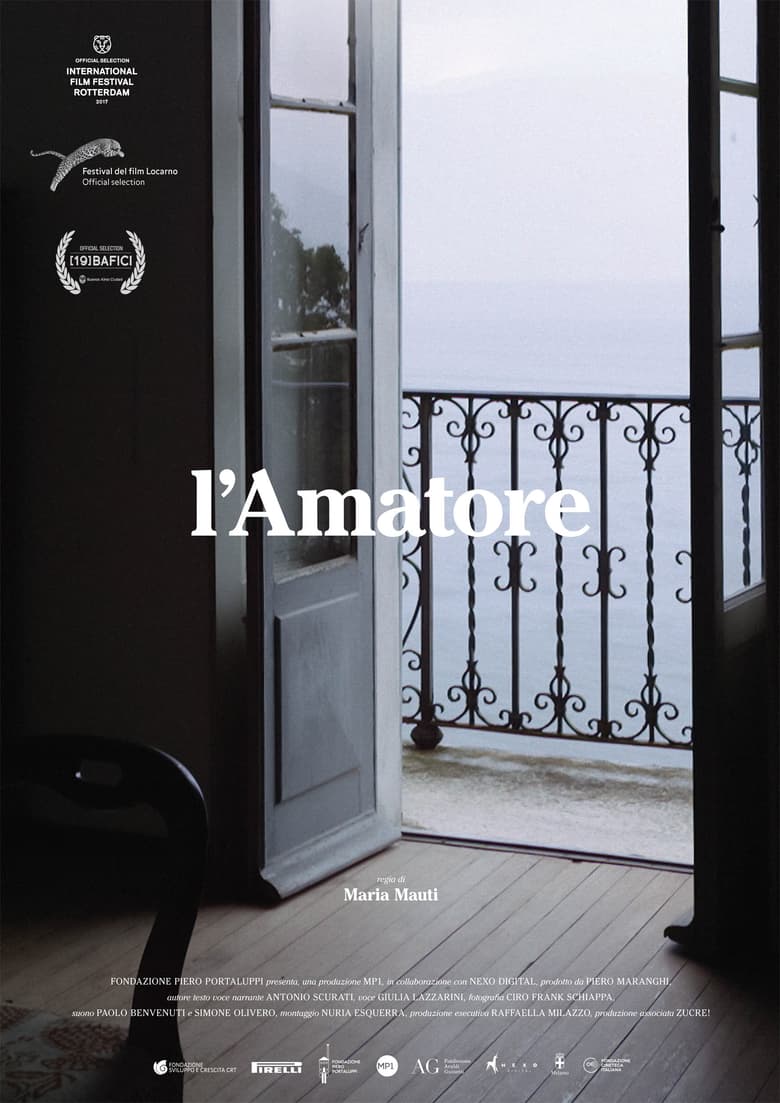
L'amatore
The memory of Piero Portaluppi, a Milanese architect who reached the peak of his fame during the 20 years of the Fascist regime, comes back to life, both through the rediscovery of his work today and in a previously unpublished film diary in 16 mm, shot and edited throughout his lifetime. A man of great charm and power, Portaluppi lived through a grandiose but tragic era with ironic detachment, as if dancing across things as he created beauty. History marches on implacably, radically transforming the arena in which the eclectic artist and his large family lived and worked.
Rating:
8.0/10
Votes:
1
Year:
2017

Le Palais des Merveilles
A short documentary on the fabulous courthouse building in Brussels from the architect Joseph Poelaert, temporarily a house of dreams structured in 26 bits, 1 for each letter of the alphabet, from A-Z.
Rating:
0.0/10
Votes:
0
Year:
1981
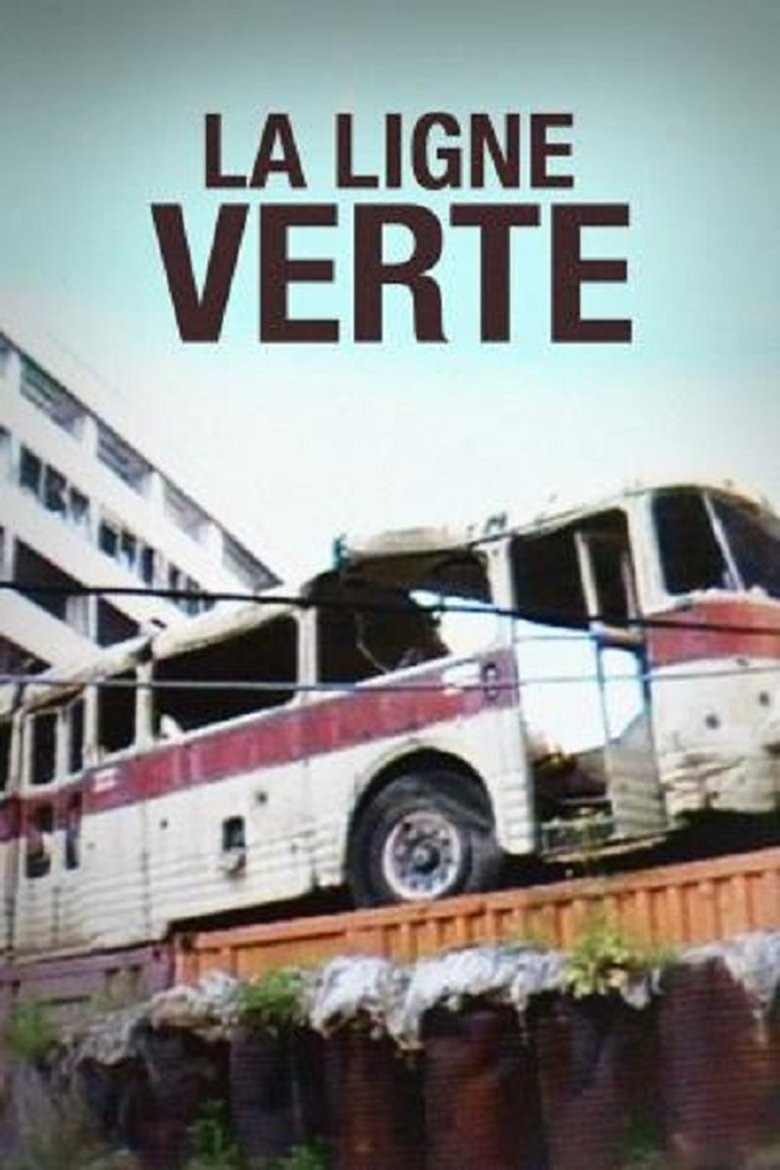
La Ligne verte
Bahij Hojeij’s documentary studies the infamous Green Line between east and west Beirut during the civil war.
Rating:
8.3/10
Votes:
8
Year:
1998

مخطوفون
“Al Makhtufun” won the 1998 Best Short Documentary Film Award at the Mediterranean Film Festival for highlighting the issue of abducted Lebanese. The film raises two major issues: The abductee’s physical absence and his spiritual presence among his family members, and the parents silently wishing his return. The documentary looks at documents kept by Wadad, a mother who decides to step outside her comfort zone and share her papers and forms when other parents would not.
Rating:
0.0/10
Votes:
0
Year:
1998

Beirut City Guide
Beirut, Lebanon's capital has a long history of political and social unrest that still makes headlines today. Globe Trekker's Beirut City Guide captures the city in more optimistic days, two weeks before the latest outbreak of hostilities in Lebanon between Israeli and Hezbollah forces in July 2006. Globe Trekker Megan McCormick explores the neighborhoods of Basta, Solidere, Gemayze and the Hezbollah District and finds a city in the midst of regeneration. She gets a glimpse at Beirut's future when meeting up with a group of young Arabic hip hop artists, who are eager to live in peace and put the country's political troubles in the past.
Rating:
7.0/10
Votes:
1
Year:
2007
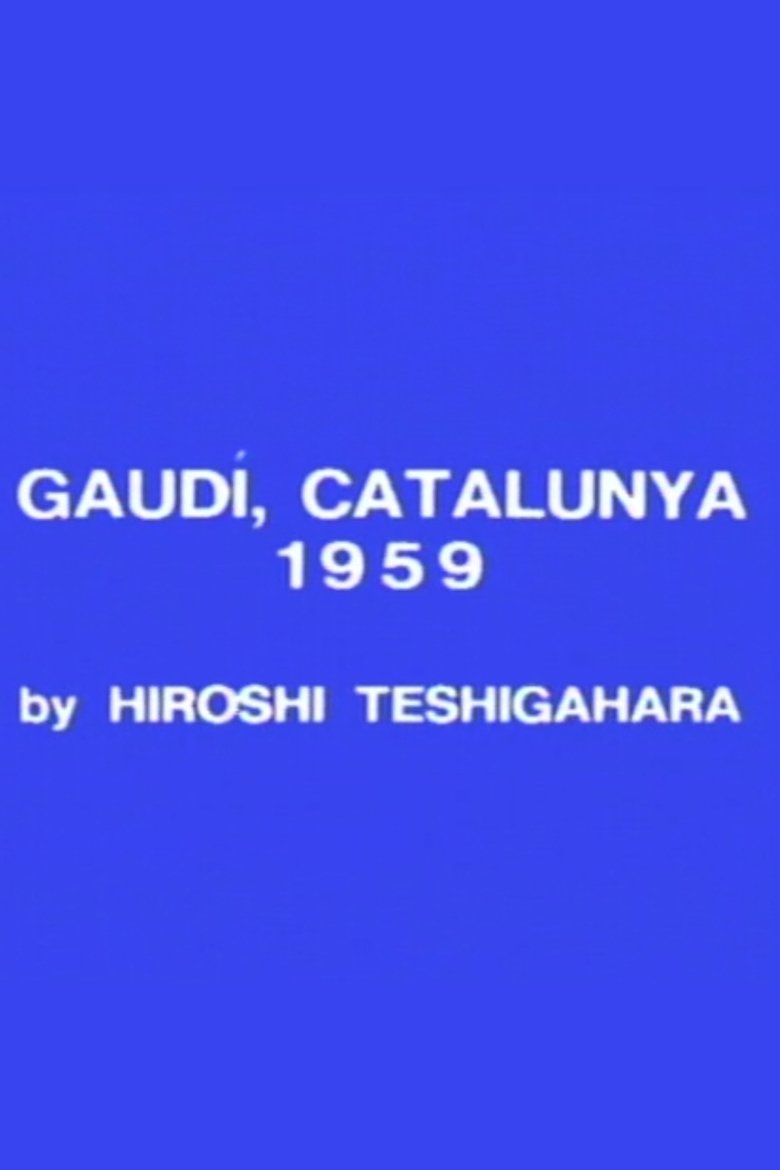
Gaudi, Catalunya
In 1959 Hiroshi Teshigahara shot the following 16 mm footage of he and his father’s first trip to Barcelona and the outlying Catalonian countryside, including a visit to the home of Salvador Dali in Port Lligat. The footage was recorded without sound.
Rating:
0.0/10
Votes:
0
Year:
1959
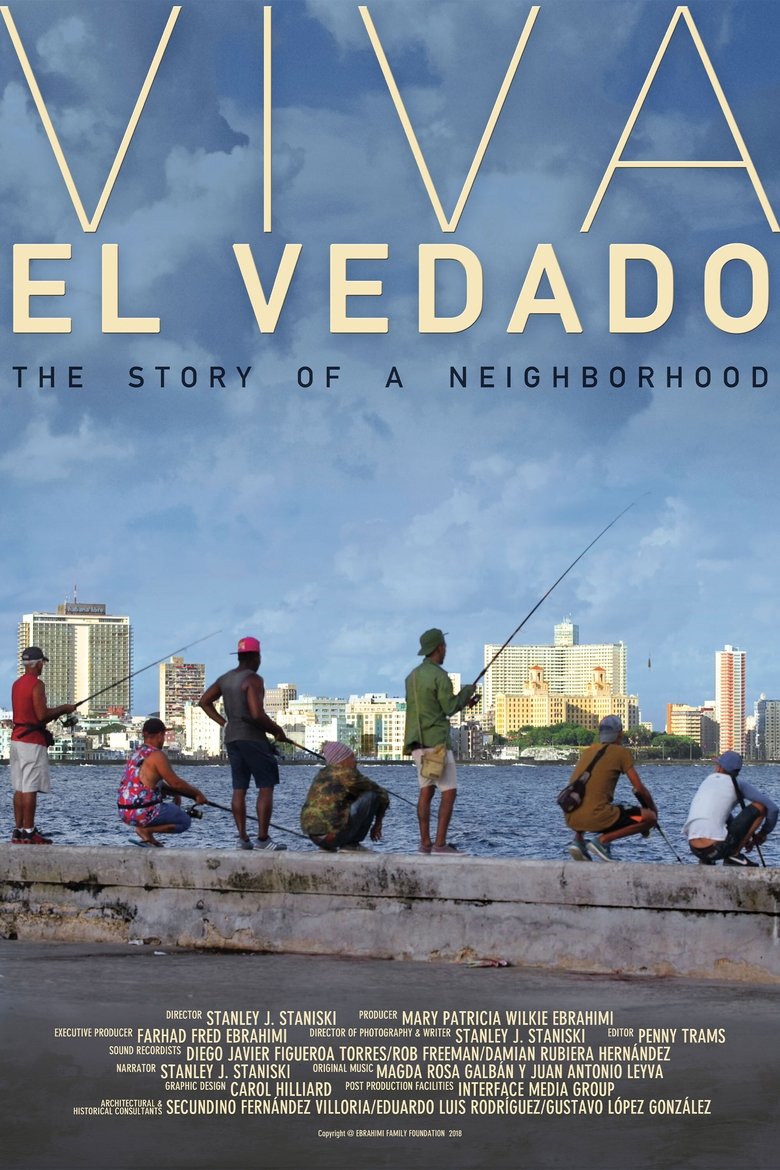
Viva El Vedado
Viva El Vedado presents the history of the Havana neighborhood of El Vedado from the last quarter of the 19th century through the Cuban Revolution and highlights its varied and outstanding architecture. Known as a cultural center of Havana, Vedado is particularly notable for its unique collection of Cuban architecture of the 20th century. The film’s goal is to introduce its audiences to the neighborhood’s remarkable architecture, its vibrant life, and the need for preserving Vedado as part of Havana’s heritage. It is a glimpse beyond tourist fantasies and stereotypes, a rare view of one of Havana’s most important neighborhoods.
Rating:
0.0/10
Votes:
0
If current server doesn't work please try other servers beside.